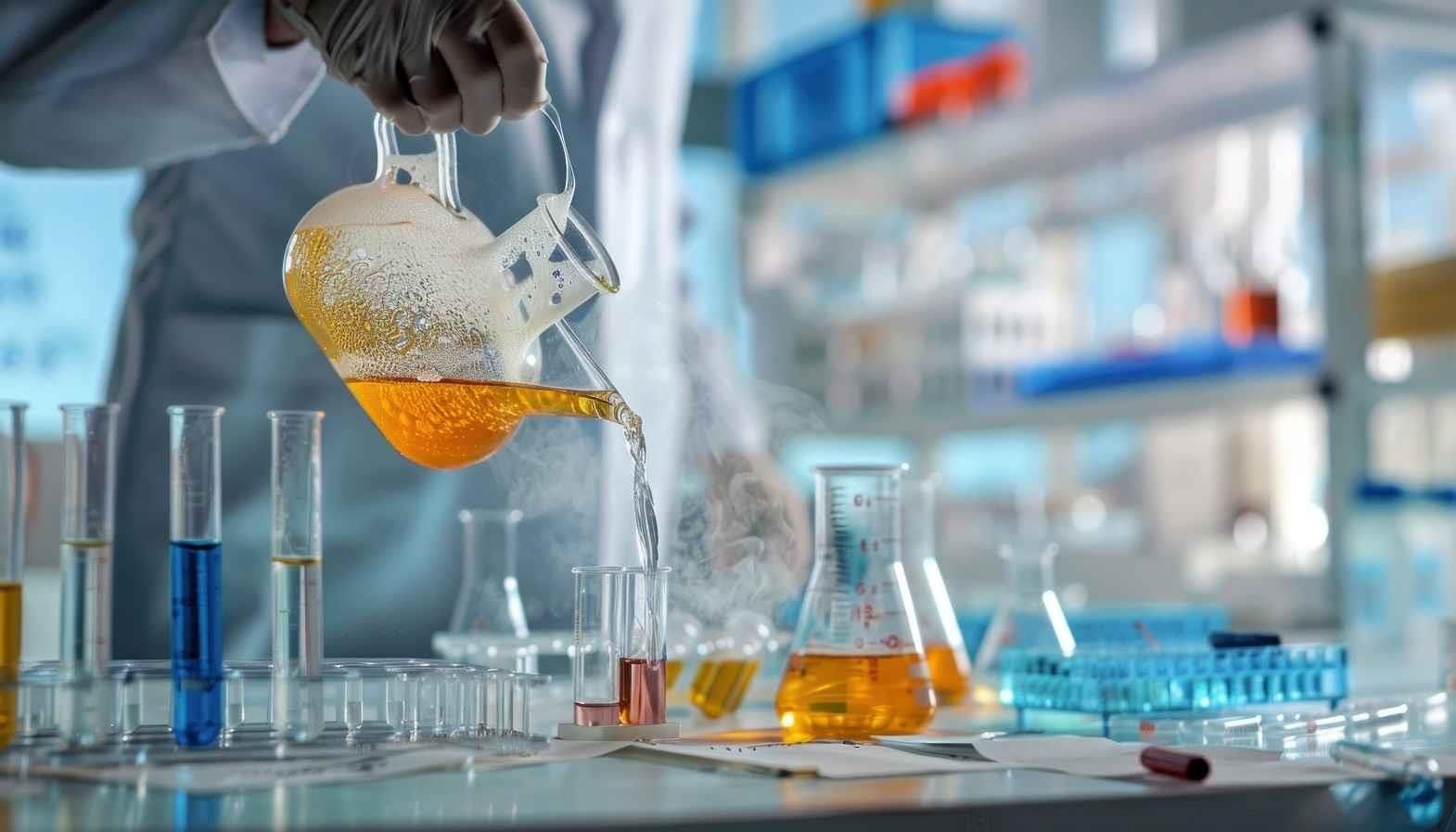The European chemical industry is a critical pillar of the continent’s industrial base, providing essential materials to a wide range of sectors, including automotive, healthcare, agriculture, and consumer goods. As of 2024, the industry faces a mix of challenges and opportunities, with shifting economic conditions, geopolitical tensions, and the green energy transition reshaping its landscape. This article explores the current state of the European chemical industry, backed by key facts and figures.
Overview of the Industry
The European chemical industry is one of the largest in the world, accounting for about 14 per cent of global chemical sales. As of 2023, it contributed approximately €600 billion to the European economy, representing about 7.5 per cent of the total EU manufacturing output. Germany, France, the Netherlands, Italy, and Belgium are the major hubs of chemical production in the region, with Germany alone responsible for nearly 30 per cent of the total EU chemical production.
Key Market Segments
1. Petrochemicals: Petrochemicals form the backbone of the European chemical industry, contributing about 60 per cent of the total production value. However, this segment has faced pressures due to fluctuating crude oil prices, competition from regions with cheaper feedstocks (notably the Middle East and the US), and growing environmental regulations.
2. Specialty Chemicals: Europe has traditionally been a leader in high-value specialty chemicals, with industries such as automotive, electronics, and pharmaceuticals relying heavily on these materials. The specialty chemicals market is valued at approximately €300 billion and continues to see strong demand, particularly in the areas of coatings, adhesives, and advanced polymers.
3. Agrochemicals: Agrochemicals, including fertilisers and pesticides, are another important segment, with an estimated market size of €70 billion. Europe’s stringent environmental and safety standards, however, have led to a decline in the use of certain synthetic pesticides, creating demand for more sustainable agricultural inputs.
4. Green Chemicals: In line with the European Green Deal and the continent’s goal of reaching carbon neutrality by 2050, there has been significant growth in the production of sustainable and bio-based chemicals. Bio-based chemicals currently make up about 10 per cent of the industry’s total output, with this share expected to increase as the industry embraces circular economy models and renewable feedstocks.
Challenges Faced by the Industry
1. Energy Prices: The energy-intensive nature of the chemical industry has made it particularly vulnerable to the recent rise in energy costs, driven by geopolitical instability, such as the Russia-Ukraine conflict. In 2023, the energy costs for the industry surged by an estimated 30-50 per cent, putting pressure on profit margins, particularly in commodity chemicals.
2. Regulatory Pressure: The European Union has one of the world’s most stringent regulatory frameworks for chemicals, governed by REACH (Registration, Evaluation, Authorisation, and Restriction of Chemicals). While ensuring high safety and environmental standards, compliance with these regulations increases operational costs for chemical companies, particularly those dealing with hazardous substances.
3. Supply Chain Disruptions: The COVID-19 pandemic, followed by geopolitical tensions, has led to severe disruptions in global supply chains. In 2022-2023, many European chemical companies experienced shortages in raw materials and logistical bottlenecks, contributing to a production slowdown in certain segments.
Opportunities for Growth
1. Sustainability and Green Transition: The European chemical industry is positioning itself at the forefront of the sustainability movement. With increasing pressure from consumers and governments to reduce carbon footprints, there is significant investment in renewable energy, circular economy initiatives, and carbon capture and storage (CCS) technologies. By 2030, the European Commission estimates that green chemicals could represent 30 per cent of the region’s total chemical output.
2. Digitalisation and Innovation: The rise of Industry 4.0 technologies, such as artificial intelligence, automation, and advanced analytics, presents significant opportunities for improving operational efficiency. Europe’s chemical companies are increasingly adopting digital tools to optimise production, reduce waste, and improve safety standards.
3. Expansion into Emerging Markets: Although European domestic demand remains stable, growth opportunities lie in expanding export markets, particularly in emerging economies in Asia, Africa, and Latin America. In 2023, chemical exports from Europe increased by 6 per cent, with China, the US, and Turkiye being major trading partners.
Key Players and Financial Performance
1. BASF (Germany): The world’s largest chemical company, BASF had revenues of approximately €87 billion in 2023. The company continues to invest heavily in sustainability initiatives, aiming to achieve net-zero emissions by 2050.
2. INEOS (UK): Specialising in petrochemicals and plastics, INEOS reported €60 billion in revenues in 2023. The company is expanding its operations in hydrogen production and green energy projects.
3. LyondellBasell (Netherlands): A major producer of plastics, chemicals, and refining, LyondellBasell generated €52 billion in revenue in 2023, focusing on advanced recycling technologies for plastics.
4. Solvay (Belgium): With a strong focus on specialty chemicals, Solvay reported revenues of €13 billion in 2023. The company is actively engaged in developing sustainable products for aerospace, automotive, and energy markets.
Conclusion
The European chemical industry stands at a pivotal juncture as it navigates a complex environment marked by energy challenges, regulatory changes, and the imperative to transition towards greener solutions. While the industry faces significant headwinds, particularly from high energy costs and supply chain disruptions, there are substantial growth opportunities in green chemistry, digital transformation, and expanding export markets. With ongoing innovation and strategic investments, the European chemical industry is well-positioned to maintain its leadership on the global stage, albeit in a rapidly changing world.








Comments